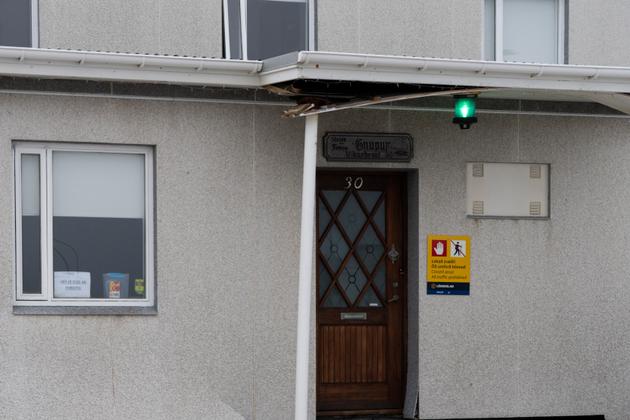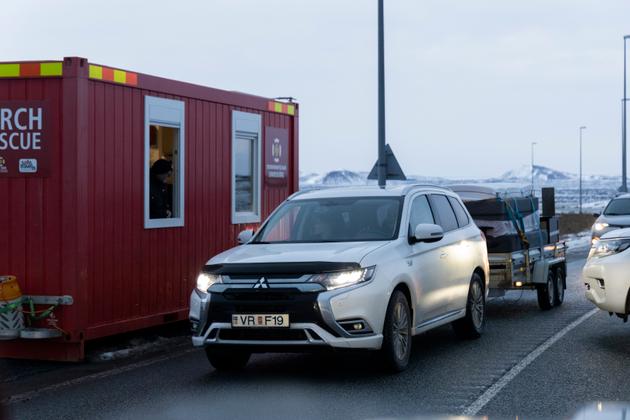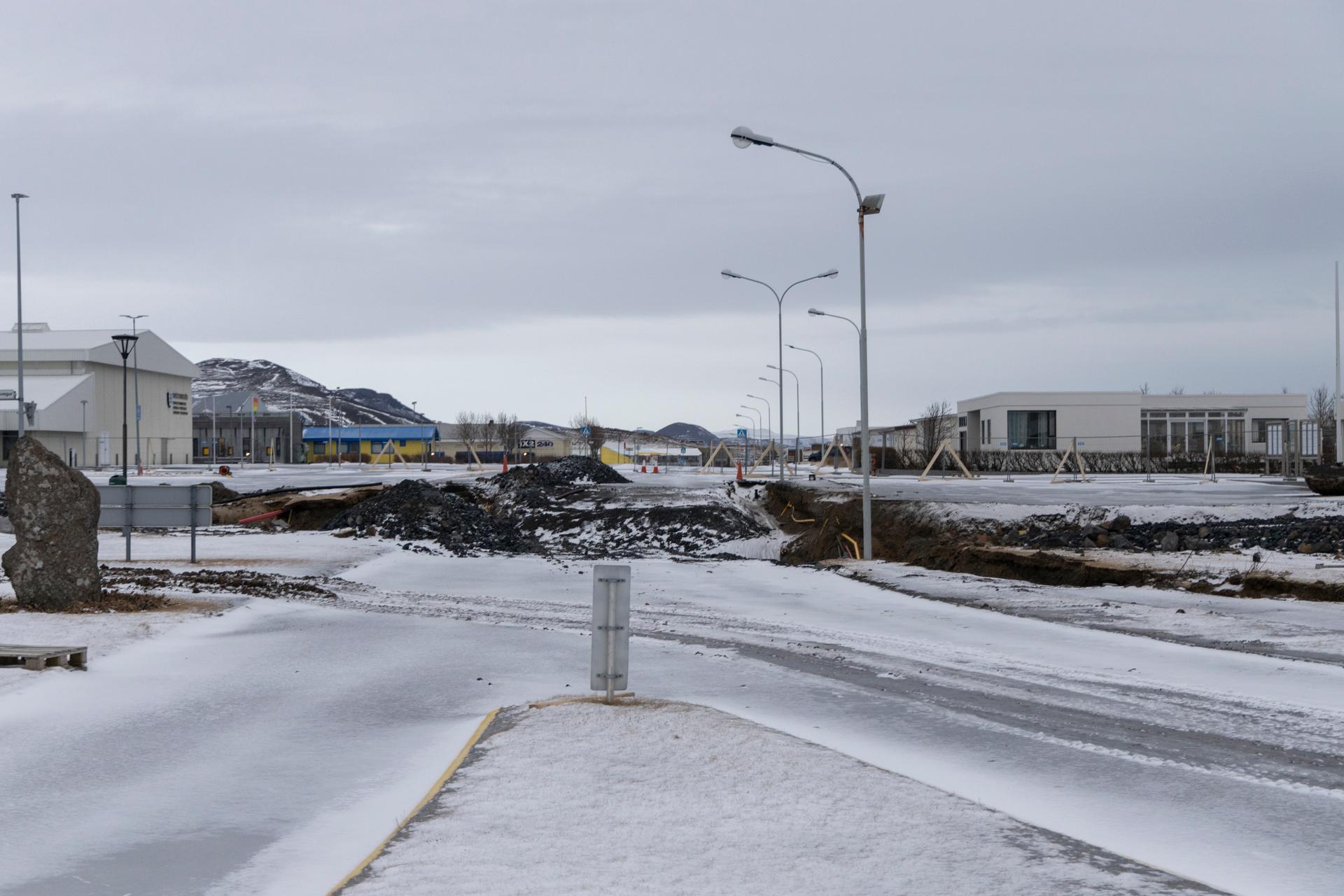


Iceland: Near the Sundhnjukagigar volcano, a town on edge
FeatureAlmost ten days after the volcanic eruption, life has not yet returned to normal in the small town of Grindavik. Nevertheless, Icelanders, who have always lived on a highly unstable seismic fault line, remain resilient.
On the Reykjanes peninsula, the white peaks of the volcanoes are lost in a thick, milky sky. Below, an icy wind scatters snow on houses with walls damaged by violent earthquakes. In the deserted streets of Grindavik, most of the yards are blocked off with caution tape. Behind the windows, the traditional little lamps supposed to guide fishermen continue to flicker. They are a reminder that the city's closure has not extinguished the spirit of Iceland, especially on this Christmas Eve, when the inhabitants can take possession of their homes again for the holiday season.


And yet, there are only a few cars in town, performing a skillfully orchestrated ballet. Far from heralding the town's repopulation, they arrive empty and, a few hours later, leave with trailers overflowing with mattresses, chairs and furniture of all kinds. Every arrival and departure is carefully recorded in a notebook by Bjarki, a young civil guard. "We've counted around 100 vehicles since this morning," he says. "But we think only a few dozen will stay at home for Christmas. People are afraid to come back only to have to leave again in a hurry." On Facebook, local residents conducted a poll indicating that only 3% of them were planning to return at this time.
Since Friday, November 10, there hasn't been a living soul in this small town 40 kilometers southwest of the capital, Reykjavik. For many hours that day, the earth shook with a 5.3 magnitude earthquake. The ground literally split in two, creating a rift nearly a meter wide and some fifteen kilometers long. Due to the material damage, which deprived the town of water and electricity, an evacuation order was issued that evening. Some 4,000 residents hastily packed their bags. Initially housed in makeshift shelters, they later found refuge in more comfortable accommodations, many in residences rented by certain companies for their employees' vacations.


Lava flows
On December 18, more than a month after the evacuation, just as residents were being allowed to return to their homes, the Sundhnjukagigar volcano awoke from its slumber. For days, it spewed molten lava from its bowels along a fault nearly four kilometers long. The lava came within four kilometers of Grindavik, offering breathtaking images of fire bubbling up amid the ice and snow of the Icelandic winter. Luckily, the flow did not reach the seaside town or the Svartsengi geothermal power station. It stopped on December 21.
Built in three weeks, a perimeter wall now surrounds the power station in case of another volcanic eruption in the near future, which is what all the specialists are predicting. "I've been told by the town's experts that the next eruption is likely to take place in two weeks' time if the lava continues to rise in the magma chamber, as it is currently doing," explained Atli Geir Juliusson, the environmental director for the town of Grindavik, who is in his forties. Others are predicting a longer delay. "I think we'll see another eruption within the next four to five weeks," said Armann Hoskuldsson, a volcanologist and research professor at the University of Iceland. "In any case, we're in for 150 years of volcanic eruptions on the Reykjanes peninsula, so residents need to be ready."
You have 55% of this article left to read. The rest is for subscribers only.
